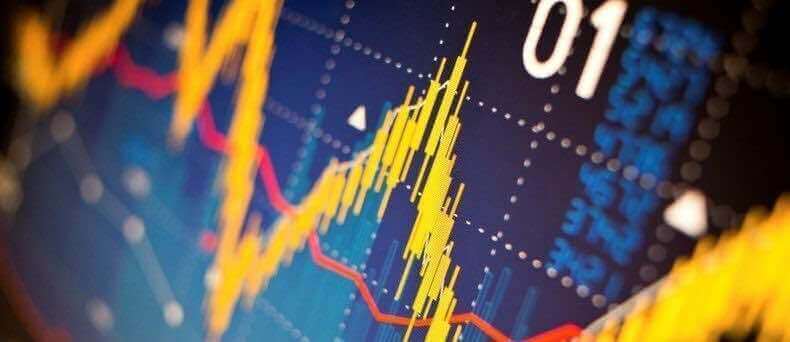Industry News
What’s behind the gold price rally, and will it hold?


Aug 11, 2016 @ 1:02 pm
By Jeff Benjamin
There are seemingly endless theories to explain the stunning gold-price rally this year, and most of them support more of the same for the precious metal.
Global gold demand reached 2,336 tons through the first six months of the year, led by investment demand — representing a record 1,064 tons — according to the World Gold Council.
That growing demand has driven the price of gold up 27% this year, marking the best first-half performance since 1980.
Juan Carlos Artigas, director of investment research at the World Gold Council, said unlike 1980, when the price spike was related to macroeconomic uncertainty, this year’s rally is fueled from multiple directions.
“There is still the issue of macroeconomic uncertainty, but we are also dealing with a U.S. dollar that is less strong than it has been recently,” he said.
Considering that gold has come off a couple rough years while recovering from the 2011 lows, Mr. Artigas said there was some pent-up demand from investors who had been waiting for an entry point.
“Investors reduced gold positions over the past three years and were looking for a reason to get back in to use gold again to hedge portfolio risk and preserve capital,” he said.
Another theory behind the gold rally that continues to gain traction is unprecedented global monetary policy, including record quantitative-easing programs, interest rates at historic lows and nearly $12 trillion in negative-yielding government bonds around the world.
On that note, Jim Grant, publisher of Grant’s Interest Rate Observer, was quoted saying, “Radical monetary policy begets more radical policy.”
During a recent presentation to the New York Society of Security Analysts, Mr. Grant described the case for investing in gold as “not a hedge against monetary disorder, because we have monetary disorder, but rather an investment in monetary disorder.”
Mohamed El-Erian, chief economic adviser at Allianz SE, also indirectly attributed the gold rally to central bank policies.
“While some may see gold as a hedge for the possibility of high inflation, the main driver of investor appetite at this stage is concern about the overvaluation of other financial assets, particularly stocks and bonds whose prices have been artificially lifted by central bank actions,” he said.
Whether it is lofty stock market valuations, stingy bond yields or unorthodox monetary policy, investors are clearly chasing after the yellow metal.
According to S&P Global Market Intelligence, SPDR Gold Trust ETF (GLD) has grown to $41 billion, with $13 billion in net inflows this year through July, capturing more assets than any other ETF this year.
And for those financial advisers really looking to juice up the gold rally, there are always the gold miners, which act as a leveraged play on the precious metal.
Talking gold with financial advisers will always bring out the naysayers who argue it is a metal that doesn’t generate income. But in times like these, some advisers can feel downright smug about steady allocations to gold.
“I believe a properly diversified portfolio should have an allocation to precious metals,” said Scot Hanson, an adviser with EFS Advisors.
Mr. Hanson uses Permanent Portfolio Fund (PRPFX) to keep his clients between 5% and 10% exposed to precious metals.
“Gold should always be there,” he said. “You always like to have a zig and a zag in the portfolio, and gold is doing exactly what it should be doing.”




